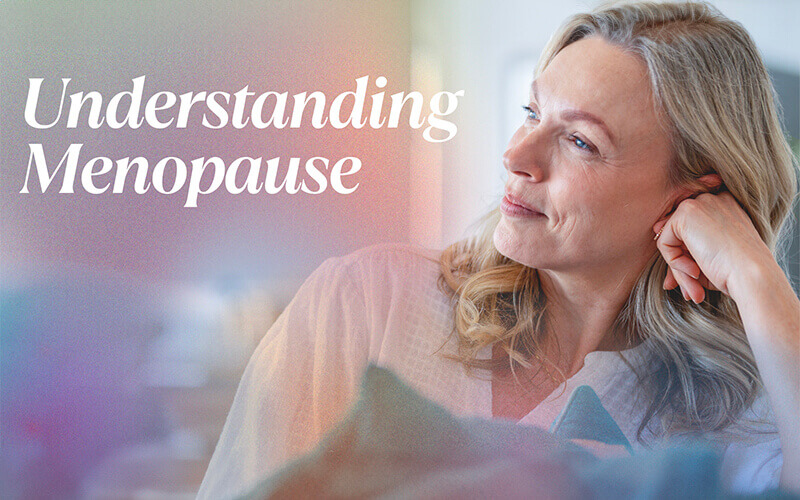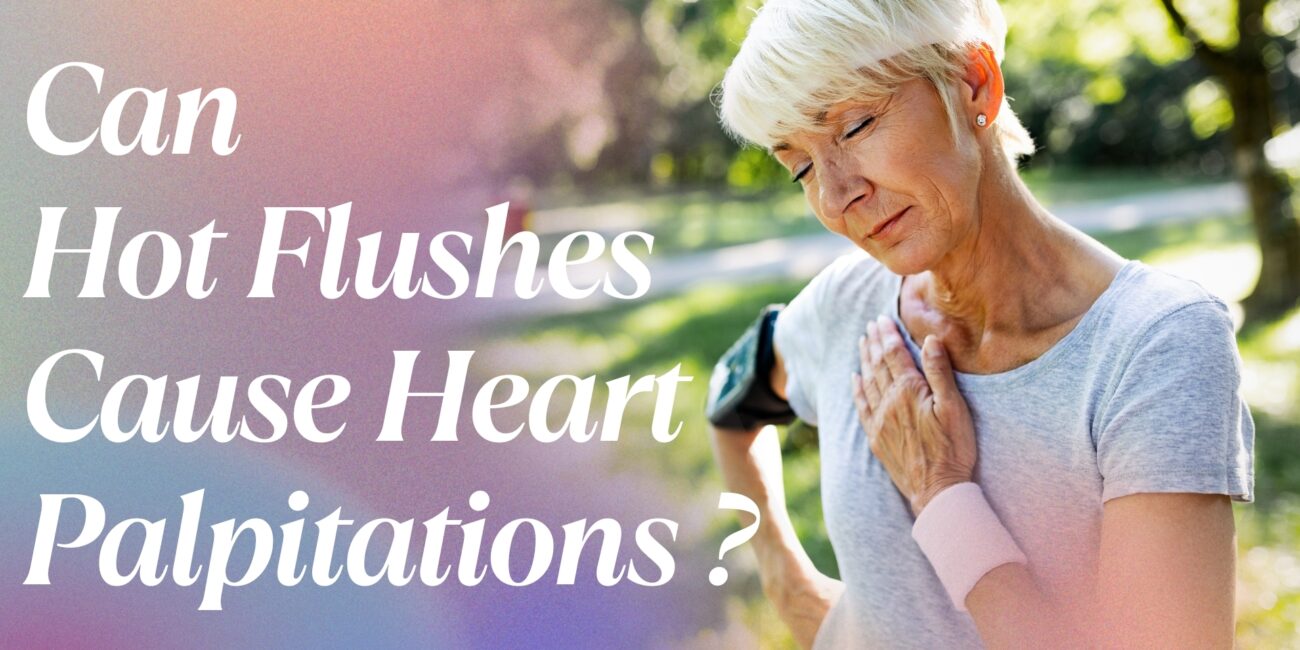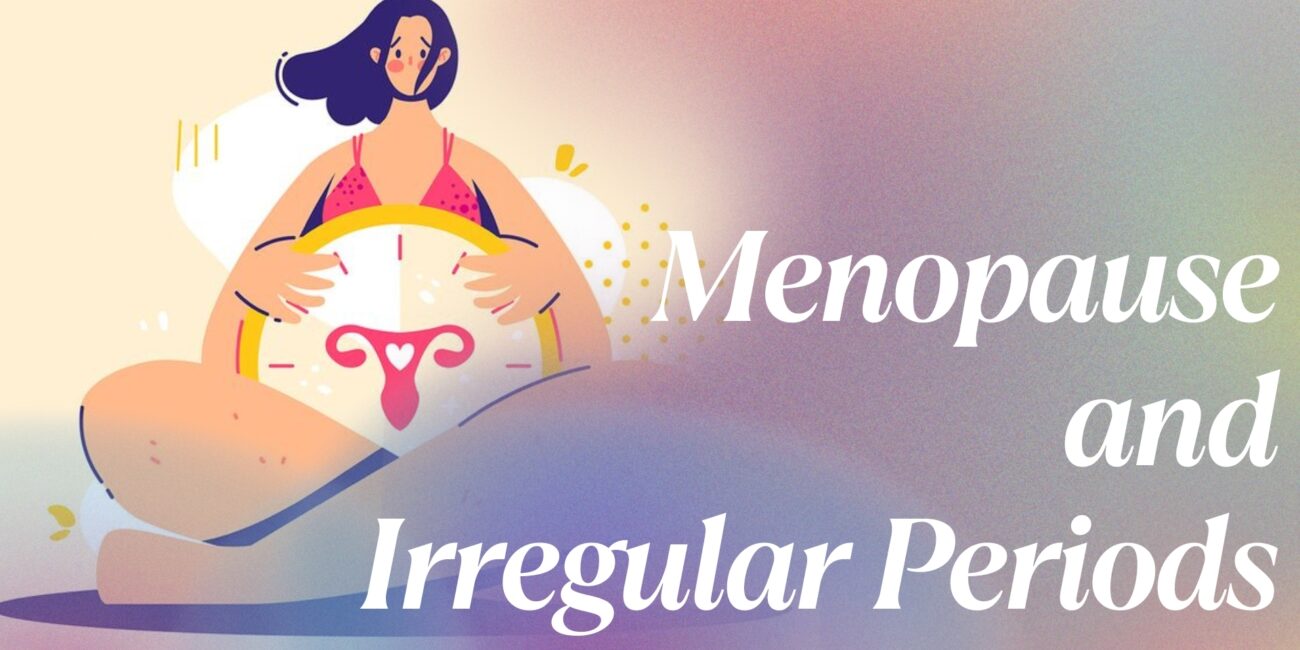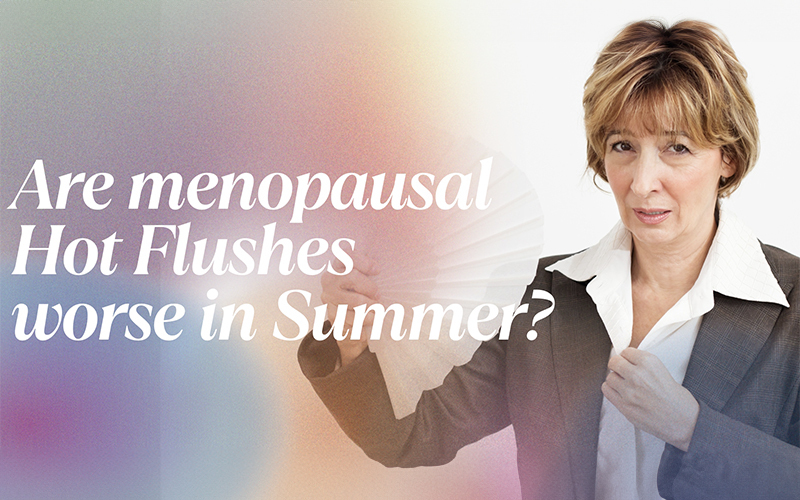After a cold long spring all of us would be looking forward to the arrival of summer, just to fire up our cold stricken bodies where high temperatures just become a norm. But women going through menopause would be triggered with hot flushes and make them far worse.
As the study says, three in every four middle aged women experience hot flushes and during the summer-time the heat and humidity can trigger hot flushes to an unbearable extent making them far worse.
But even after Hot Flushes become a common scenario for women to go through especially during the summer time there exists many ways to stay in comfort.
Tips you can follow during the summer for you to beat the heat of Hot Flushes:
- Avoid the triggers that lead to Hot Flushes:
Oftentimes even when Hot Flushes seem so random, they can be triggered. To know these triggers just pay attention to what happens moments before the Hot Flushes actually show up, this way you can understand triggers and intentionally avoid them.
The most common triggers include :
- Hot environments.
- Smoking.
- Tight Clothing
- Caffeine
- Alcohol
- Sugary and Spicy Foods
Let’s delve into each of these common triggers for hot flushes:
Hot Environments:
Exposure to hot environments, whether it’s being outside on a hot day or being in a room with inadequate ventilation or excessive heating, can trigger hot flushes. The body’s response to external heat can exacerbate the sensation of internal heat.
Smoking:
Smoking can contribute to the frequency and severity of these symptoms. Nicotine and other chemicals in cigarettes can disrupt hormone levels and blood circulation, potentially triggering hot flushes in susceptible individuals.
Tight Clothing:
Wearing tight or constrictive clothing can trap heat close to the body, leading to an increase in body temperature and potentially triggering the generation of heat waves. Loose-fitting clothing allows for better air circulation and may help alleviate this trigger.
Caffeine:
Caffeine is a stimulant that can increase heart rate and body temperature, potentially triggering hot flushes in some individuals. Beverages such as coffee, tea, and certain sodas contain caffeine and may contribute to their onset too.
Alcohol:
Alcohol consumption can dilate blood vessels and affect hormone levels, leading to an increase in body temperature and potentially triggering hot flushes. Additionally, alcohol can disrupt sleep patterns, which may exacerbate hot flushes in some individuals.
Sugary and Spicy Foods:
Foods high in sugar or spices can stimulate the body and increase metabolism. Spicy foods, in particular, contain compounds that can temporarily raise body temperature and trigger a sweating response, contributing to the sensation of heat associated with hot flushes.
By paying attention to these triggers and making lifestyle modifications to avoid or minimize exposure to them, individuals experiencing these vasomotor symptoms may be able to better manage their symptoms.
Additionally, keeping a diary or journal to track triggers and symptoms can help identify patterns and inform personalized strategies for managing hot flushes.
- Dressing Matters:
Unlike winters, summers aren’t made for cosy & comfy outfits, rather opt for loose pieces of clothing and avoid any kind of clothing that triggers the Hot Flash.
Every material you choose to wear makes a huge difference. It is vital to choose materials made of cotton, linen or any light weighted materials like breathable wool.
Additionally wearing flowing tops, bottoms and dresses helps you in concealing wetness in you tend to have any.
- Choosing the right sunscreen
If you find it impractical to rely on loose, long-sleeved linen shirts, billowing linen pants, and a wide-brimmed hat for shielding your skin from the sun, consider choosing a sunscreen that allows your skin to breathe while providing adequate protection. Look for sunscreen formulations specifically designed to be breathable, as they won’t hinder your body’s natural sweating process, which helps regulate temperature.
When selecting a sunscreen, pay attention to the active ingredients. Choose products that contain physical blockers like zinc oxide and titanium oxide. These ingredients create a barrier on the skin’s surface that reflects and scatters UV radiation, offering broad-spectrum protection against both UVA and UVB rays.
On the other hand, avoid sunscreens with chemical filters such as oxybenzone and avobenzone. These chemicals have been found to mimic estrogen in the body, potentially disrupting hormonal balance. By steering clear of synthetic estrogenic compounds, you can minimize the risk of further complicating hormonal issues, particularly relevant for individuals already experiencing disruptions.
Prioritize breathable sunscreen formulations with physical blockers like zinc oxide and titanium oxide to safeguard your skin without impeding your body’s natural cooling mechanisms. By making informed choices about sunscreen ingredients, you can protect your skin from harmful UV rays while minimizing potential hormonal disruptions.
- Stay Cool
Ensuring you remain cool, especially during periods of high heat, is crucial. For many women, prolonged exposure to hot environments is a major trigger for these sudden surges of heat. During the summer months, particularly when facing a heat wave, it’s essential to prioritize strategies to stay cool and comfortable.
If you have access to air conditioning, make use of it to maintain a cool indoor environment, especially during the peak heat hours of the day. If air conditioning is not available, you can still create a cooler atmosphere at home. Keep your shades drawn to block out direct sunlight and utilize multiple fans strategically placed throughout your living space to ensure proper air circulation in every room.
If these measures aren’t sufficient, seek out alternative cool environments outside of your home. Places like libraries, cafes, or movie theaters often offer air conditioning and can provide a welcome respite from the outdoor heat.
You can also consider alternatives like Coolzen, which are completely non-hormonal, to help you stay cool during the summer heat.
Taking proactive steps to cool down before bedtime can also help minimize the symptoms, particularly when your home environment is warmer than usual. Consider placing a dehumidifier in your bedroom to reduce moisture levels and enhance comfort. Additionally, taking a refreshing cool shower before bed can lower your body temperature, making it easier to sleep peacefully through the night.
By implementing these strategies, you can effectively manage hot flushes and maintain comfort, even during periods of intense heat. Prioritizing cooling techniques and seeking out cooler environments when necessary can significantly alleviate the discomfort associated with hot flushes and contribute to overall well-being during warmer months.
Sources:
https://www.weyhrichobgyn.com/blog/menopausal-hot-flushes-andsummer-your-survival-guide





 No products in the cart.
No products in the cart.